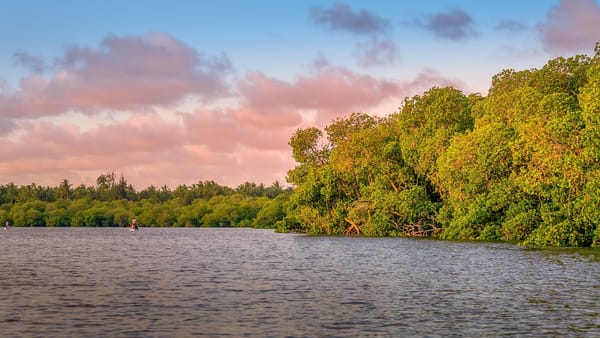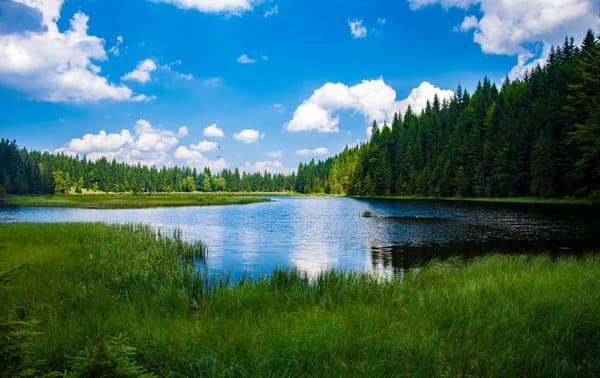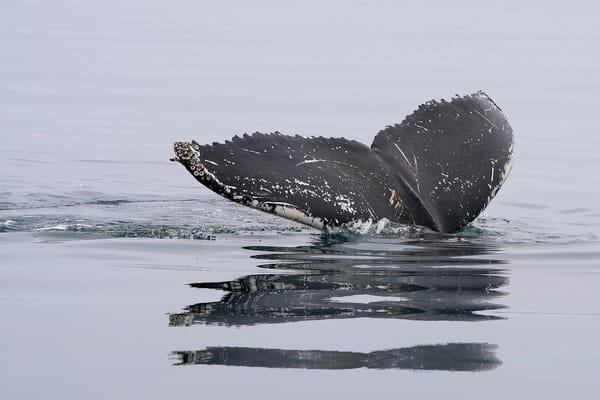Feathers and Floodplains: Saving Africa’s Wetland Birds

Picture this: vast, shimmering wetlands bursting with life—home to birds that dance on lily pads, paint the skies pink, and bring nature’s melody to life. Now imagine this magical world under threat. Heartbreaking, isn’t it? But fear not! Together, we can save these vital ecosystems and their avian residents.
Let’s explore the enchanting world of wetlands and their feathery inhabitants, shall we?
What Are Wetlands? (Spoiler: They’re Awesome!)
Wetlands are nature’s middle ground—neither fully dry land nor underwater. These ecosystems, which can be seasonal or permanent, brim with life. Marshes, swamps, and bogs are the big three types of wetlands, each supporting unique flora and fauna.
Did you know wetlands store twice as much carbon as rainforests? That makes them MVPs in the fight against climate change. They’re also critical habitats for countless birds, especially during breeding and migration seasons. In short, wetlands are like five-star resorts for birds. Fancy, huh?
Meet some Birds of the Wetlands
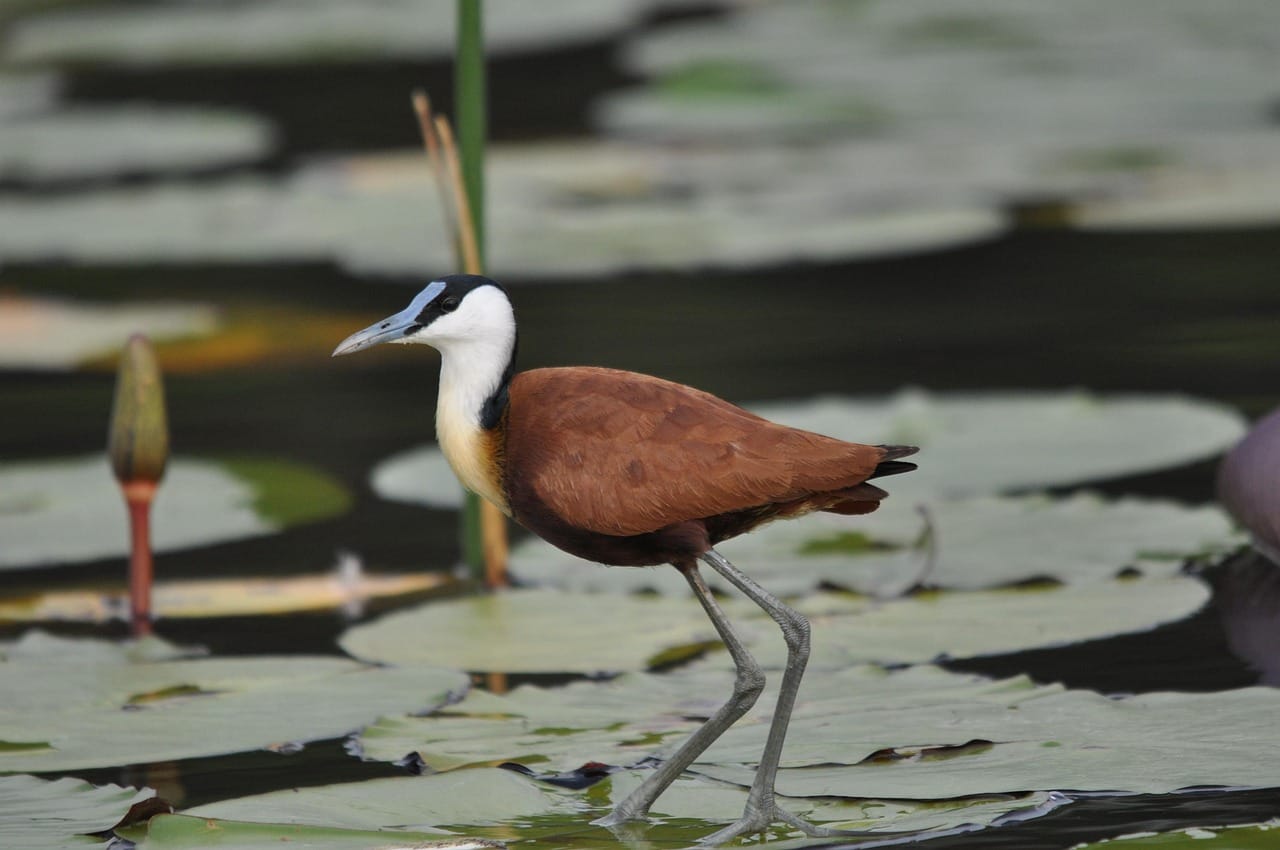
The African Jacana
Meet the “lily trotter,” a wading bird with an uncanny ability to walk on water—or at least it looks that way! With their long, slender toes, jacanas gracefully stride across lily pads and floating vegetation in shallow, freshwater wetlands. Found in warm regions across Africa, they rely on wetlands for food, water, and shelter. These wetlands aren’t just homes; they’re nurseries where jacanas raise their chicks.
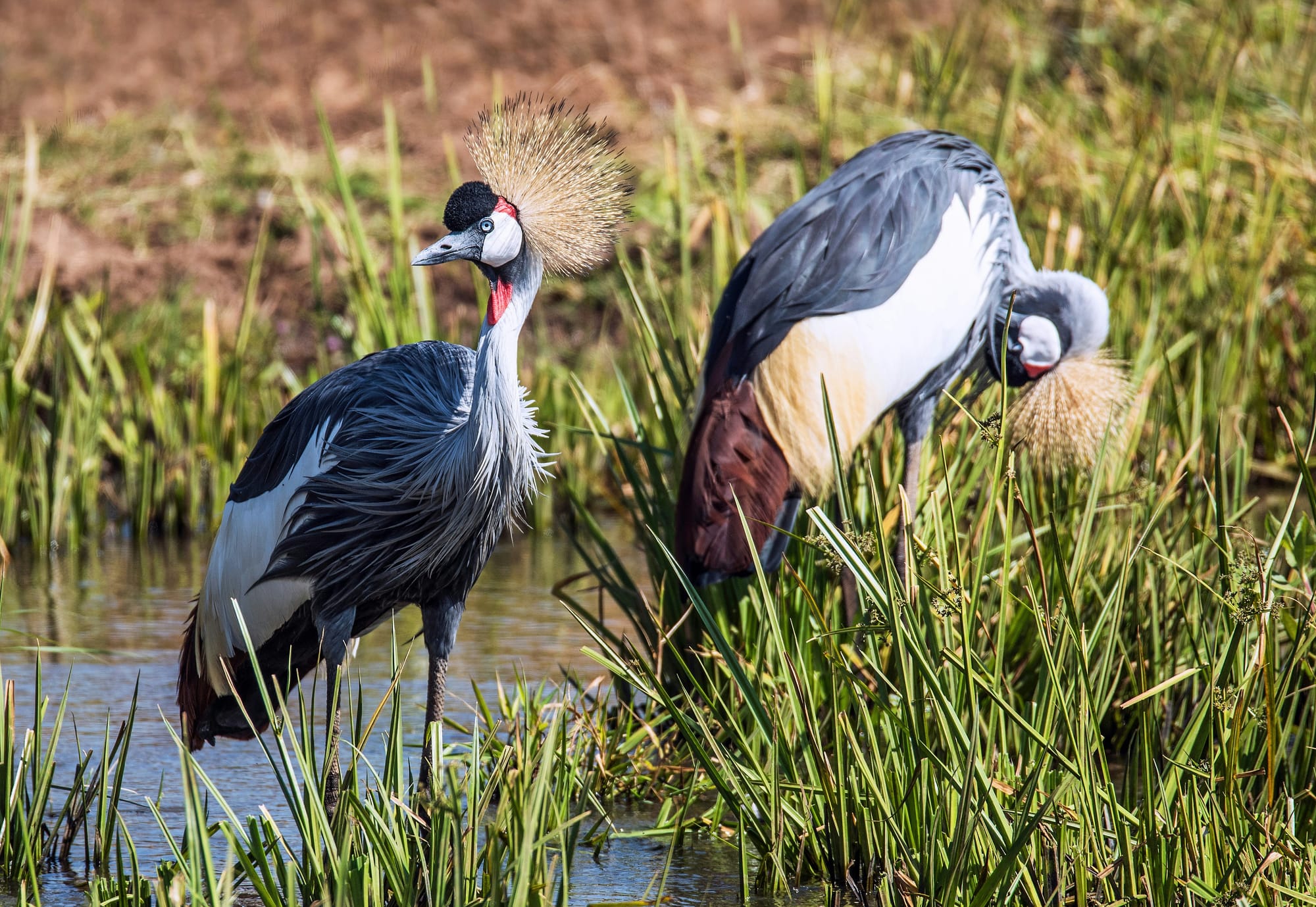
Grey Crowned Crane
Elegant and iconic, the grey crowned crane is Uganda’s national bird and a wetland superstar. It thrives in wetlands mixed with open grasslands, like floodplains, marshes, and savannahs. At night, these cranes roost in tall trees, but during the day, they’re all about their wetland habitats. Unfortunately, this endangered beauty faces threats from habitat loss and illegal capture for display in captivity, often by wealthy families or hotels.
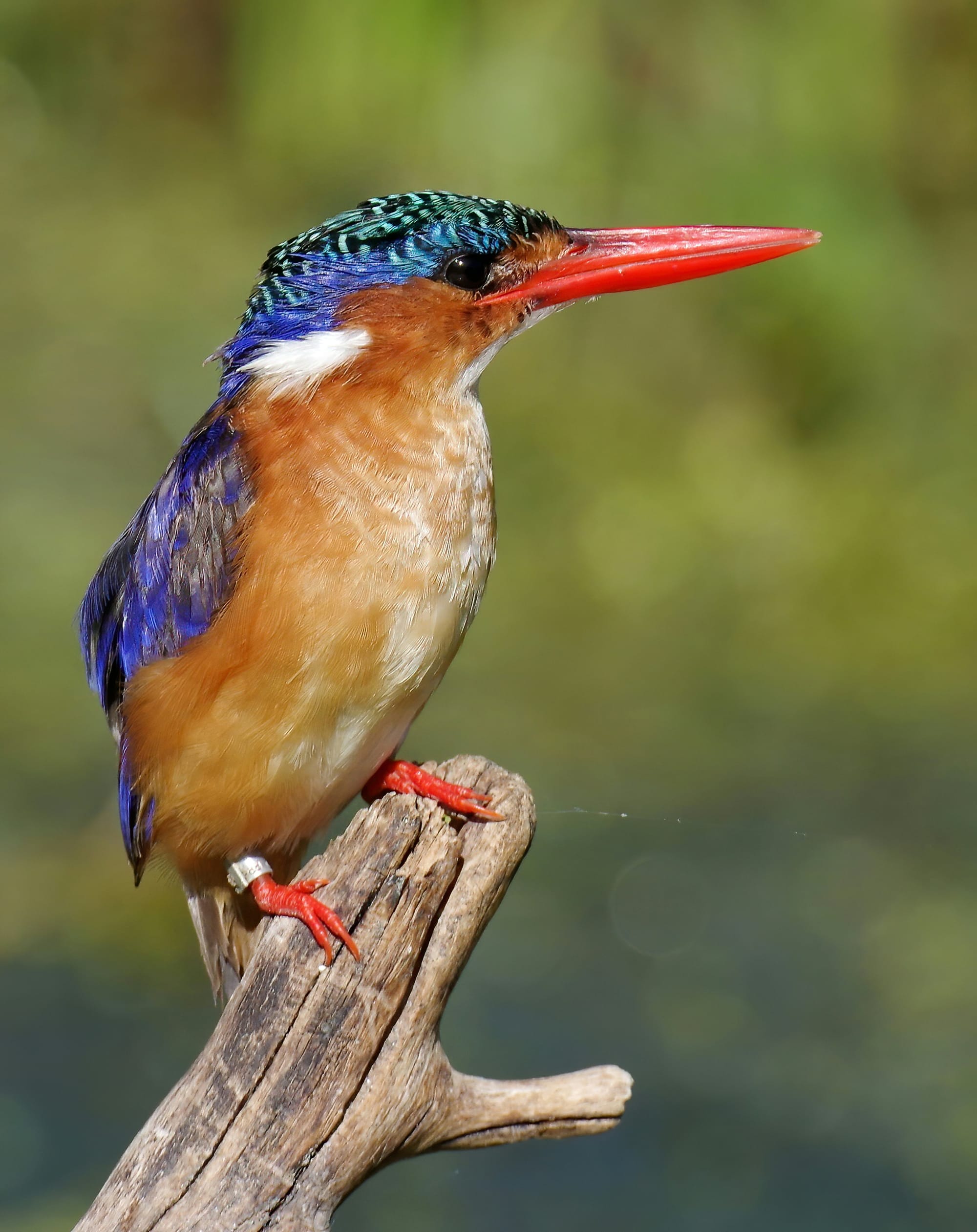
Malachite Kingfisher
This tiny dynamo is as dazzling as its name suggests. With its vivid colors and sharp fishing skills, the malachite kingfisher is a master hunter in wetland environments. It inhabits a range of wetland habitats, including swamps, marshes, and estuaries, across sub-Saharan Africa. Watching one dive for fish is like witnessing a ballet in nature.
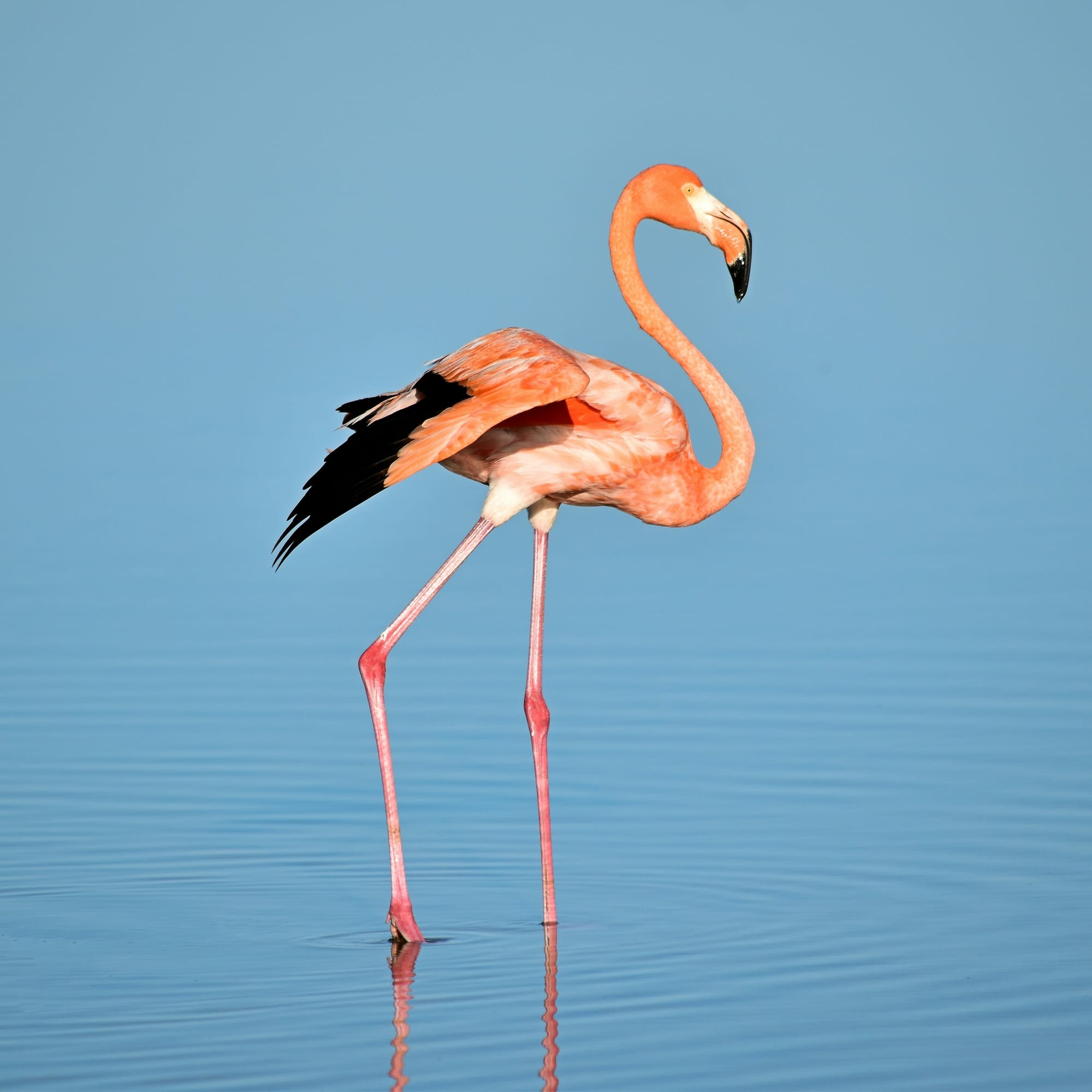
Lesser Flamingo
Smallest but mightiest, the lesser flamingo is the most populous of its kind, with an estimated two million individuals gracing Africa’s wetlands. Despite their numbers, they face real threats, from pollution to habitat loss. These vibrant birds owe their iconic pink plumage to their diet of blue-green algae and benthic diatoms, extracted from alkaline lakes and salt pans. Their resilience in such harsh conditions is a testament to the incredible adaptability of wetland life.
Why Wetlands Are Under Threat
Wetlands are ecological powerhouses, but they’re also some of the world’s most endangered ecosystems. Here’s what’s putting them at risk:
- Pollution: Industrial waste, untreated sewage, and invasive species like water hyacinth choke wetlands and harm native wildlife.
- Climate Change: Shifting weather patterns disrupt rainfall and temperature, affecting the delicate balance of wetland ecosystems.
- Urban Development: Wetlands are being drained and paved over to make way for cities, leading to habitat destruction on a massive scale.
A Hopeful Future: How Wetlands Are Being Conserved
Despite the challenges, there’s hope on the horizon. Conservation efforts are underway across Africa, including:
Legal Protections: Countries are designating wetlands as protected areas to safeguard biodiversity.
- Community Engagement: Local communities are learning about wetland importance through education programs and are actively participating in restoration projects.
- Sustainable Practices: From eco-friendly farming to integrating wetlands into urban planning, people are finding ways to coexist with nature.
Restoration Projects: Efforts like rewilding and the reintroduction of native species are breathing new life into degraded wetlands.
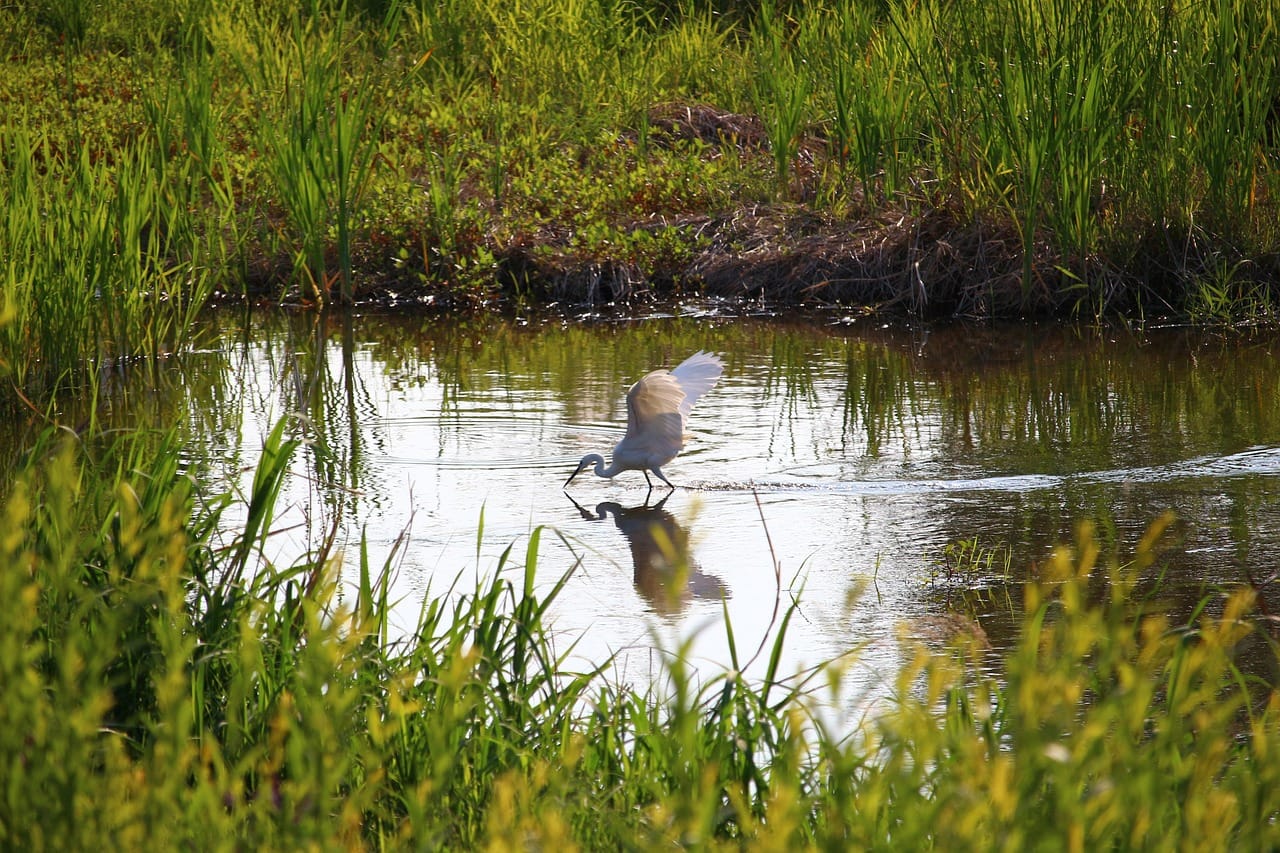
Africa’s Wetland Wonders
Africa boasts some of the world’s most stunning wetlands, including the Okavango Delta in Botswana, the Niger Delta in Nigeria, and the Sudd in South Sudan. These ecosystems not only support incredible birdlife but also provide essential resources for millions of people.
Be a Wetland Hero!
Protecting wetlands means protecting birds, biodiversity, and even ourselves. Next time you see a jacana tiptoeing across lily pads or a flamingo showing off its pink feathers, remember how special these places are—and how much they need us.
Let’s work together to ensure wetlands remain magical havens for generations to come.
*Article features on Africa Network for Animal Welfare
Citations:
Tusk | Grey crowned Crane. (n.d.). Tusk | Grey Crowned Crane. https://tusk.org/species/grey-crowned-crane/
The African Jacana - How to photograph African Jacanas. (n.d.). Pangolin Photo Safaris. https://www.pangolinphoto.com/the-african-jacana
Bird, C. (2021, December 18). 3 types of waterbirds. Bird Watching Academy. https://www.birdwatchingacademy.com/3-types-of-waterbirds/
Warren-Thomas, B. E. (2020, February 24). Malachite Kingfisher. WorldRainforests.com. https://worldrainforests.com/kids/animal-profiles/malachite_kingfisher.html
Andersen, D. (2024, March 28). Lesser Flamingo. Wild Animal Information. https://wildanimalinfo.com/lesser-flamingo-facts-species-information/
Threats to wetlands. (n.d.). WWT. https://www.wwt.org.uk/our-work/threats-to-wetlands/

